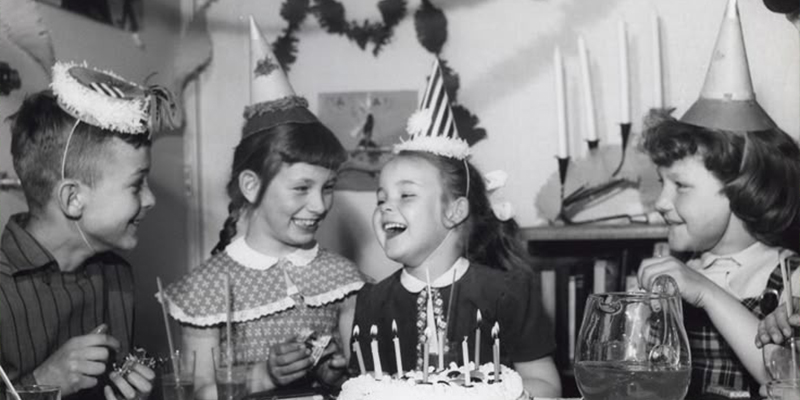Table of Contents
Birthdays and cakes have become inseparable. The sight of a candlelit cake, friends singing, and someone making a wish before blowing out candles is something we’ve all seen; and likely done. But how did this sweet treat become such a big part of birthdays? The birthday cake tradition has an interesting journey, filled with history, meaning, and celebration.
Where It All Started
The idea of birthday cakes began centuries ago. In ancient Greece, people made round cakes to honour Artemis, the goddess of the moon. They added candles to make the cakes glow like the moon. That’s one of the earliest examples of combining cakes and candles.
Later, in medieval Germany, children’s birthdays were celebrated with a party called Kinderfest. Sweet cakes were baked for the children, and candles were placed on top—one for each year of their life, plus one extra for good luck.
Sounds familiar, right?
Cakes Were Once a Luxury
In the 1600s and 1700s, cakes were only for the rich. There was no birthday cake tradition; only birthday cake luxury!
They were made with sugar, eggs, and other ingredients that were expensive at the time. Only wealthy families could afford to have birthday cakes with fancy decorations and icing.
Everything changed with the Industrial Revolution. Ingredients became cheaper, and ovens became more common in homes. This made cakes more affordable for everyone. Soon, birthday cakes weren’t just for the rich—they became a treat anyone could enjoy.
The Candle Tradition
Blowing out candles and making a wish is a birthday moment loved by all ages. This tradition may have started with the Greeks, who used candles on cakes as offerings to gods. Others say it came from Germans who believed the smoke from the candles carried wishes to the sky.
No matter where it started, it has become the most magical part of birthdays. The moment feels hopeful, personal, and full of meaning.
How Cakes Look Today
Today, birthday cakes come in every shape and size. There are multi-layered cakes, photo cakes, cream cakes, fondant designs, and even pinata cakes that spill surprises. Despite all the creativity and variety, the meaning behind the birthday cake stays the same. It’s a way to make someone feel loved and special on their big day.
It’s a Global Tradition Now
Every culture has its own version of birthday cake. In some places, it might be a sponge cake with cream. In others, it could be a fruit cake, a rice cake, or even a simple homemade sweet. The style may change, but the birthday cake tradition is the same—celebrating life and the people we love.
More Than Just Cake
The birthday cake tradition isn’t only about the food. It’s about the moment: when the lights dim, the song begins, and someone makes a wish. It’s about family, friends, laughter, and memories.
Cutting a birthday cake marks another year lived and loved. It brings everyone together, even if just for a few minutes. And sometimes, those few minutes become the best part of the day.
Final Thoughts
So, why did cakes become a birthday tradition? Because they’re more than dessert. They’re a symbol of joy, love, and togetherness. From ancient times to today, cakes have added sweetness to birthdays, both in flavour and feeling.
No matter how old you are or what kind of cake you like, one thing’s for sure: you do follow the birthday cake tradition!







